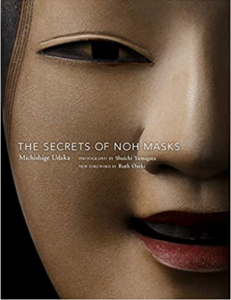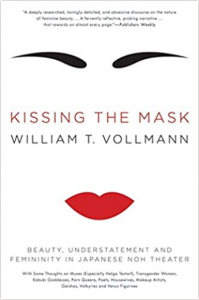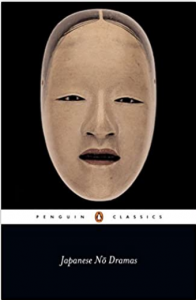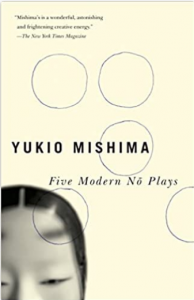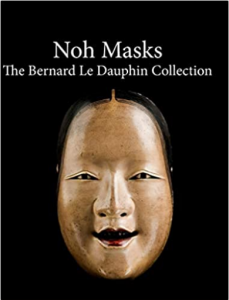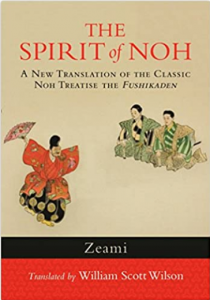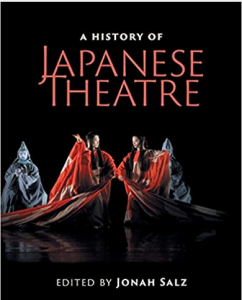John Dougill writes…
For many people Noh is a turn-off. The plays have no conflict, no humour and no facial expression. Actors move at a snail’s pace, the language is arcane and the music archaic. To its detractors it’s simply an outmoded relic of medieval times. Noh way, Noh thank you.
There are regular performances in Kyoto, and if you attend you’ll find a good number of the audience asleep. One top performer told me he would do the same if he were watching rather than on stage! It’s very much an acquired taste, for knowledge is needed of the crafts and skills to truly appreciate them. The types of play and their ethereal nature, for example. The stately movement of the actors. The exquisite quality of the costumes. The almost sacred nature of the masks. The musical form. It’s an art form for connoisseurs.
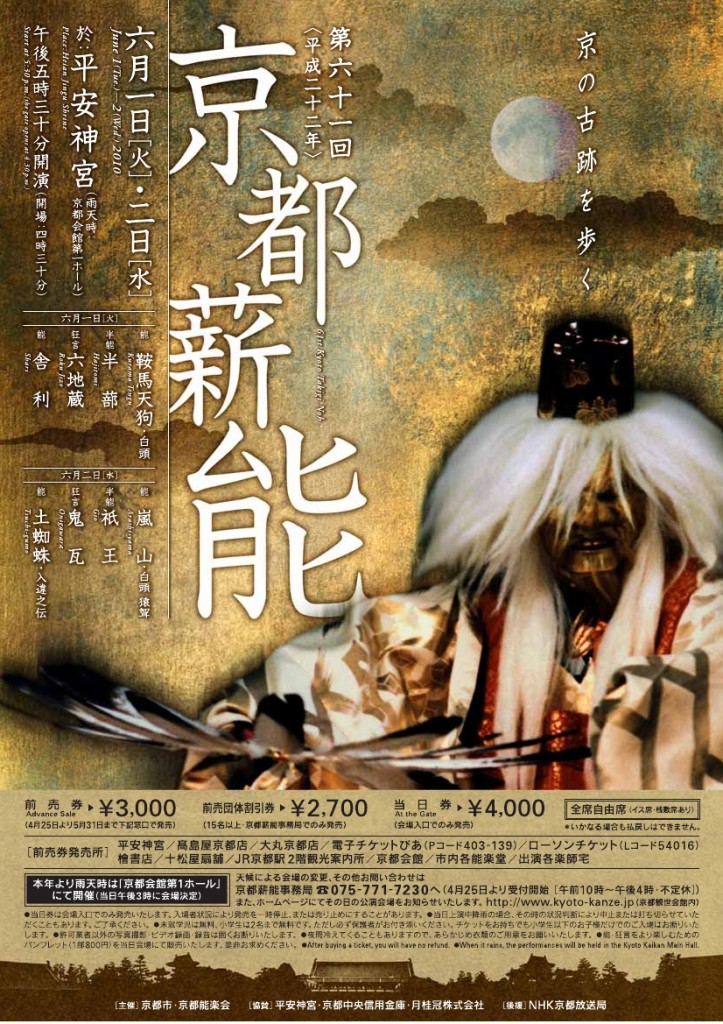
Once a year, however, Kyoto offers an opportunity to enjoy Noh in a different light, when an outdoor show in the atmospheric surrounds of the Heian Shrine brings the plays to life in spectacular style. With over 3000 expectant people packed into the courtyard, the event begins in daylight with robed figures gliding towards an open stage accompanied by the peculiar ‘ya-oh’ chants of a drummer and the piercing sound of a flute.
At 6.30 priests emerge to light the braziers and as darkness descends, the illuminated shrine buildings provide a decorative backdrop. A rustling of the curtain and a masked figure enters, dressed in the most gorgeous of robes. In the deepening darkness the effect is eerie. The visual splendour, the ethereal music, the rising moon over the eastern hills combine to produce a sense of theatrical wonder.
With its masks, chorus, music and all-male cast, Noh is sometimes compared to the drama of ancient Greece. Viewed at the Heian Shrine, however, it has something of the great religious dramas of South-east Asia, such as the Balinese beach performances of the Ramayana. The event started as a revival of an older tradition and has been held every year since 1949. It proved such a success that it spawned some two hundred similar events around Japan. Why not give it a go? You might have thought you weren’t the type to go to Noh, but I can guarantee this is one performance you won’t be sleeping through.
Location: Heian Jingu Shrine (may be postponed in case of rain)
Date: June 1 (Tues), June 2 (Wed) from 5.30 to around 9.00 (Gate opens at 4.30)
Cost: Y4000 at the gate (Y3000 in advance)
Recommended to take a sweater or light jacket for later in the evening
Inquiries: The Kyoto Takigi-noh Office 075-771-7230
Details of this year’s programme can be found at: http://www.kyoto-kanze.jp/english/kyoto-takigi-noh.html
Text by John Dougill. John Dougill is professor of British Studies at Kyoto’s Ryukoku University and the author of Kyoto: A Cultural History, In Search of the Hidden Christians, and Japan’s World Heritage Sites. He is also a contributor to our book, Deep Kyoto: Walks.
Learn More:
See also: Japanese Noh Theatre
the能.com probably has pretty much everything you need to get started with Noh drama…
